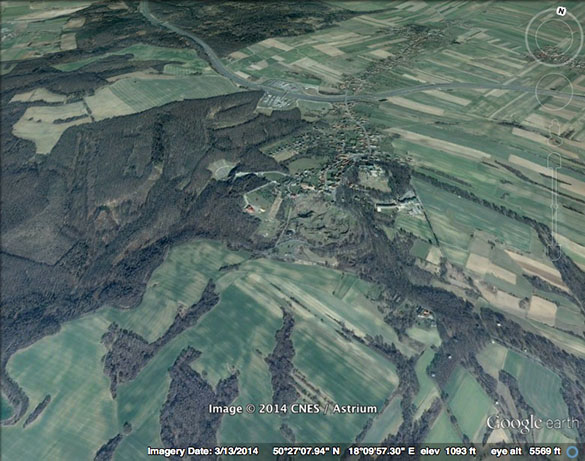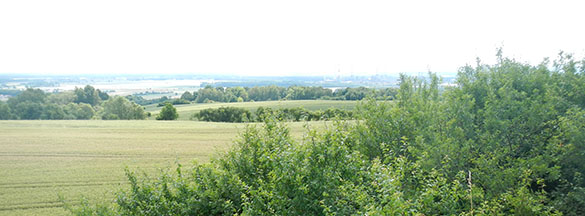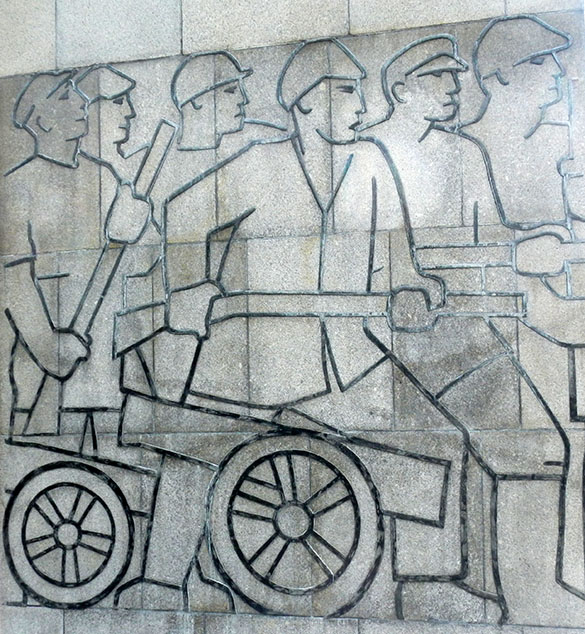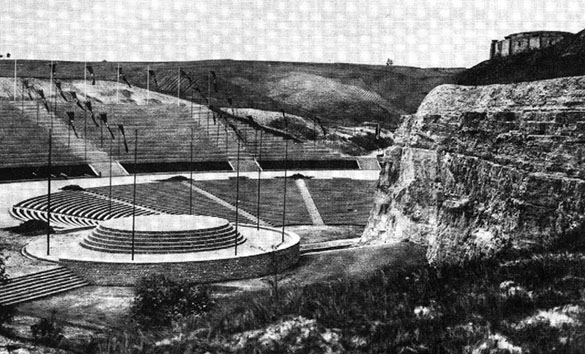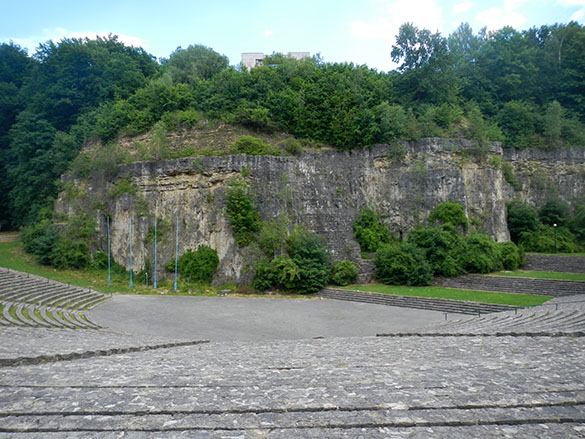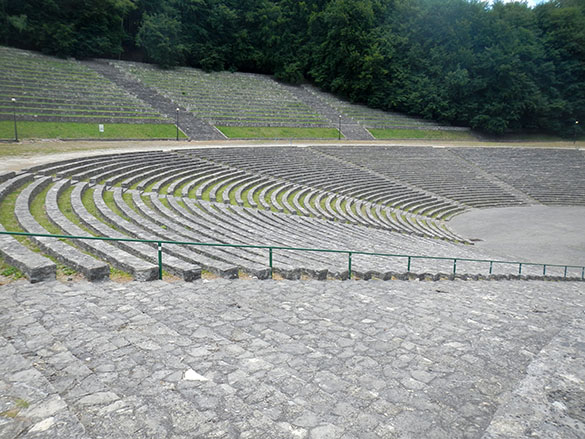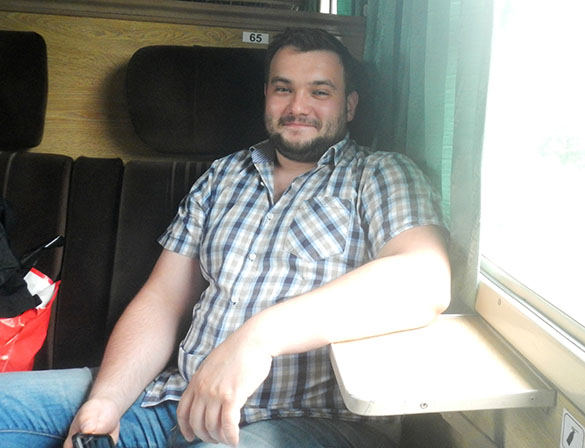 SOSNOWIEC, POLAND — On my last full day in Poland, Michał Zatoń and his family took me on a tour of the city they live in and where my hotel is located: Będzin. The history of this place is very long, stretching back to the Neolithic, and for us it is dominated by World War II and the horrifying events that took place here from the earliest days of the war in 1939 until its liberation from the Germans in 1945. I thought I’d highlight one part of that history recently excavated and with a geological context.
SOSNOWIEC, POLAND — On my last full day in Poland, Michał Zatoń and his family took me on a tour of the city they live in and where my hotel is located: Będzin. The history of this place is very long, stretching back to the Neolithic, and for us it is dominated by World War II and the horrifying events that took place here from the earliest days of the war in 1939 until its liberation from the Germans in 1945. I thought I’d highlight one part of that history recently excavated and with a geological context.
The above view is looking down a tunnel in a complex bunker constructed by the Germans in 1944. Its purpose was to serve as a refuge from Allied bombing and reconnaissance flights near the end of the war. It had been sealed off and all but forgotten after the Germans retreated in 1945. The city of Będzin is now excavating it to be an underground museum. We were fortunate to have a private tour this morning.
 These are the street level entrances into the bunker complex. You can see the solid rock outcrop behind the doorways.
These are the street level entrances into the bunker complex. You can see the solid rock outcrop behind the doorways.
 Much of the bunker is unfinished, like this portion. The steel arches are the modern effort to stabilize the roof and walls to make it safe for the public.
Much of the bunker is unfinished, like this portion. The steel arches are the modern effort to stabilize the roof and walls to make it safe for the public.
 The Germans left in a hurry. This is a pile of unused bags of cement mix. In the decades since they were placed they have essentially fossilized into solid masses of concrete.
The Germans left in a hurry. This is a pile of unused bags of cement mix. In the decades since they were placed they have essentially fossilized into solid masses of concrete.
 This is the leading edge of construction where the concrete was laid against the rock wall. The reddish-yellow limestone is the Muschelkalk (Middle Triassic) unit we visited earlier this week. This is a strong rock suitable for tunneling because it can be easily carved out. This interval is probably equivalent to the crinoid-rich top of the Muschelkalk.
This is the leading edge of construction where the concrete was laid against the rock wall. The reddish-yellow limestone is the Muschelkalk (Middle Triassic) unit we visited earlier this week. This is a strong rock suitable for tunneling because it can be easily carved out. This interval is probably equivalent to the crinoid-rich top of the Muschelkalk.
 This is one of the few photos made at the time in 1944 when the bunkers (although unfinished) were opened for use. It is taken from this website (in Polish). The man on the left (Hans Kowohl) was the mayor of the city, and the one in the middle was reportedly hanged as a war criminal in 1946, although I can find no mention of his identity.
This is one of the few photos made at the time in 1944 when the bunkers (although unfinished) were opened for use. It is taken from this website (in Polish). The man on the left (Hans Kowohl) was the mayor of the city, and the one in the middle was reportedly hanged as a war criminal in 1946, although I can find no mention of his identity.
Thus ends my Polish experience this summer with great colleagues, wonderful rocks and fossils, and a deep, often disturbing, history. I was challenged on many different levels.













